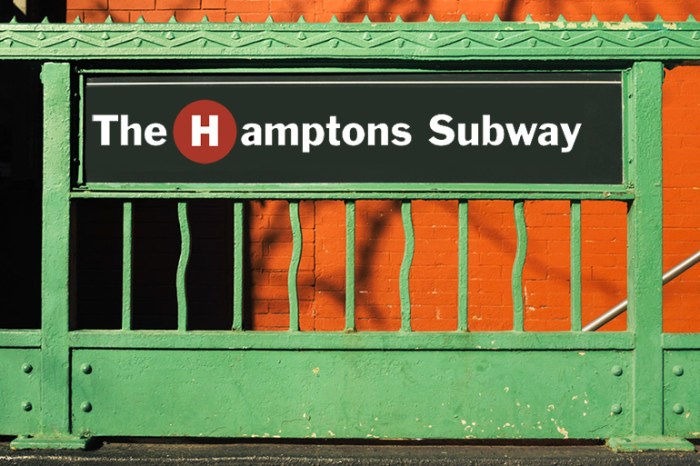By Christopher Jones and David Sabatino
L
ong Island faces a critical need for multifamily housing. This challenge needs to be addressed locally through actions that require sound planning and an engaged community. The good news is that small modifications in zoning can generate the housing Long Island needs, if only enough towns and villages embrace the changes.
There is no question that Long Island needs more housing that average residents can afford. According to studies, people living in Nassau and Suffolk counties pay a higher share of their income for housing than other suburbs in the New York region, and new housing coming on the market costs too much for a majority of residents, especially young adults just starting their careers. As a result, 20-something Long Islanders live with parents or other older relatives at more than twice the national average. Over the past 25 years, Long Island has lost a greater share of its younger residents—16 percent—than other parts of the region have. By comparison, New York City’s population of younger adults has grown by 8 percent.
The problem is going to get worse unless more housing is built at a greater range of rents and prices. Demand will grow from people already living here as children are born, life expectancy increases and growing numbers of the baby boom generation retire. Young people, as well as empty nesters, want smaller units, rental options, co-ops and condos, and downtown housing near restaurants and entertainment. There also will be more people who want to move to Long Island, particularly if New York City’s dynamic economy continues to draw more people to the metropolitan region and the Long Island Rail Road adds a new third track in Nassau and connects to Grand Central Terminal with the East Side Access tunnel.
Recent research that we worked on for the Long Island Index, in conjunction with consulting firm HR&A Advisors, found that modest changes in zoning would eliminate the multifamily housing shortage if they’re implemented throughout downtowns across Long Island. (Multifamily housing is defined as any building with three or more attached residential units and includes both rentals and owner-occupied buildings such as co-ops and condominiums.) The study, Long Island’s Needs for Multifamily Housing, recommended reducing the minimum size of a housing unit, increasing maximum lot coverage and raising the maximum permitted building height. To make sure these steps would work in the real world, we included case studies of three communities where new multifamily housing has been created.
Still, the proposed changes raise some legitimate questions. First, what impact would multifamily housing have on local infrastructure, including schools? Also, will additional apartments and townhouses actually reduce rents and prices?
In the first case, simply zoning for new housing is necessary but not sufficient. Zoning changes will be made locally, and the needs of each individual community including school capacity and parking should be planned for carefully. But modest increases in multifamily housing also can bring a number of local benefits, including creating more attractive downtowns, supporting local businesses and growing the tax base. And multifamily homes generally result in less automobile traffic and fewer schoolchildren than single-family homes.
In the second case, zoning changes can help reduce housing costs in a number of ways. By increasing the supply of the type of homes that are in greatest demand, it will decrease pressure on housing prices Island-wide. Also, by making it possible to build more housing units on the same amount of land, it permits a developer to spread costs over a larger number of units and create smaller units that can rent for less.
Before the 1960s as much as 50 percent of rental housing on Long Island was built near train stations.
These revisions won’t automatically bring down the cost of housing in the short run, but they do give communities more leverage to negotiate for more affordable housing or amenities. If developers can create more units at a lower cost, then towns and villages can negotiate that more of them should be rented or sold for less. That emphasis also will permit housing subsidies to go farther. State and federal funding intended to support low, moderate or middle-income housing can support more homes when the per unit cost of each apartment or condo is lower.
It’s worth noting that there is nothing new about locating rental apartments near train stations on Long Island. According to the Long Island Index, before the 1960s as much as 50 percent of rental housing on Long Island was built near train stations.
The solution is to build more affordable multifamily housing in downtowns—especially transit-oriented downtowns—across the region. It won’t change the basic fabric of Long Island. Most Long Islanders will continue to live in single-family neighborhoods and drive to work, but both young and old will have more options, and a growing economy will create a better quality of life.
Each community on Long Island will decide what it should do—local zoning control is not being challenged—but with modest steps in many places there is an opportunity to address both local and regional needs. Those steps will leave the overall feel of Long Island intact, while allowing young Long Islanders and empty nesters to remain in the communities they love.
Illustration by Walt Handelsman, courtesy Long Island Index
Christopher Jones is senior vice president and chief planner at Regional Plan Association (RPA); David Sabatino is owner of Sip This in Valley Stream and a consultant to RPA. Both were involved in writing the Long Island Index report.





































